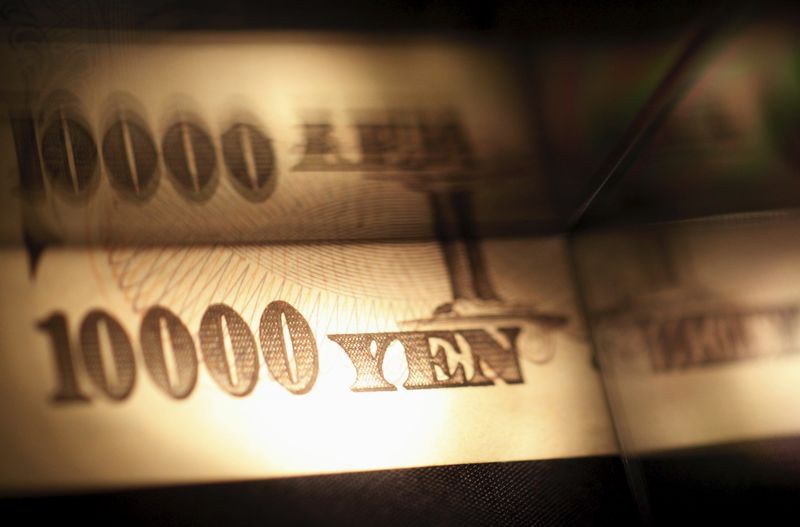Novo Nordisk, Eli Lilly fall after Trump comments on weight loss drug pricing
Investing.com-- Most Asian currencies moved little on Tuesday amid persistent caution over U.S. trade tariffs and interest rates, while the Japanese yen steadied as Prime Minister Shigeru Ishiba’s losing of the country’s upper house pushed up political uncertainty.
The dollar also steadied on Tuesday after pulling back from two straight weeks of gains, as focus remained pinned on the Federal Reserve’s upcoming meeting next week. The meeting comes amid mounting calls from President Donald Trump and his administration that the central bank cut rates immediately.
Japanese yen steadies after PM Ishiba loses upper house
The Japanese yen steadied on Tuesday, with the USDJPY pair rising 0.1% after falling sharply on Monday. The yen had benefited from increased safe haven demand in the face of heightened political uncertainty in Japan.
Ishiba’s ruling Liberal Democratic Party lost its majority in Japan’s upper house in a weekend election, presenting more uncertainty over Japan’s political and economic outlook. Ishiba now faces more challenges to his leadership, while the LDP will also face more hurdles in enacting its planned economic reforms.
Ishiba signaled that he intends to stay on as prime minister. But increased political uncertainty also stands to potentially complicate ongoing trade talks with the U.S., as Tokyo races to secure a trade deal before Trump’s 25% tariffs take effect from next week.
Increased political uncertainty could also keep the Bank of Japan from hiking interest rates any further, despite increasingly sticky inflation in the country.
Asia FX muted, dollar flat amid trade, rates uncertainty
Most Asian currencies moved in a tight range on Tuesday, while the dollar steadied from overnight losses. The dollar index and dollar index futures rose about 0.1% each in Asian trade after losing
The Chinese yuan’s USDCNY pair was flat, having shown little reaction to the People’s Bank leaving its benchmark loan prime rate unchanged on Monday. Focus is now on a meeting of the country’s top governing body, the Politburo, which is set to take place later this month.
The Australian dollar’s AUDUSD pair lost 0.1%, after the minutes of the Reserve Bank of Australia’s July meeting showed the central bank remained geared towards cutting interest rates further, although it was also cautious over the path of inflation and employment.
The Singapore dollar’s USDSGD pair rose 0.1%, while the South Korean won’s USDKRW pair rose 0.3%.
The Indian rupee’s USDINR pair rose 0.1%, losing some ground following a report that a preliminary U.S.-India trade deal will likely not be signed this month.
Sentiment towards Asian markets was skittish, given that major economies such as Japan and South Korea face 25% U.S. tariffs starting from August 1. The Trump administration has signaled that it will likely not extend this deadline.
